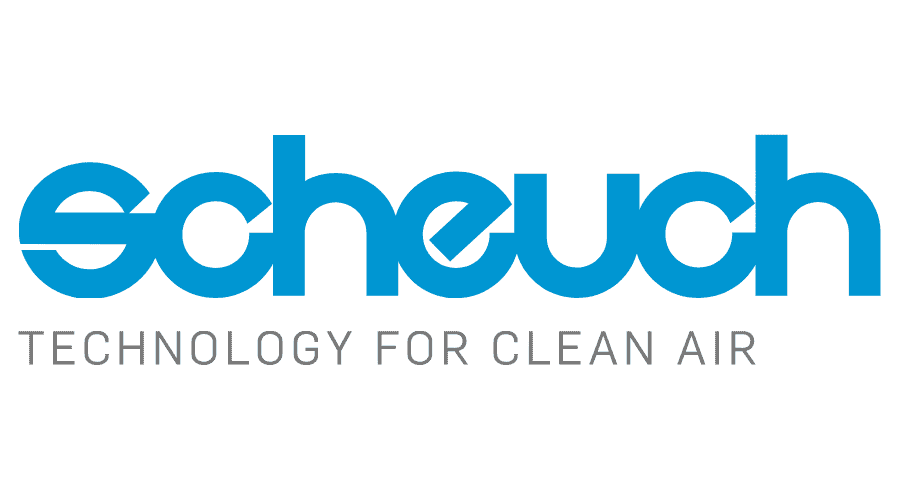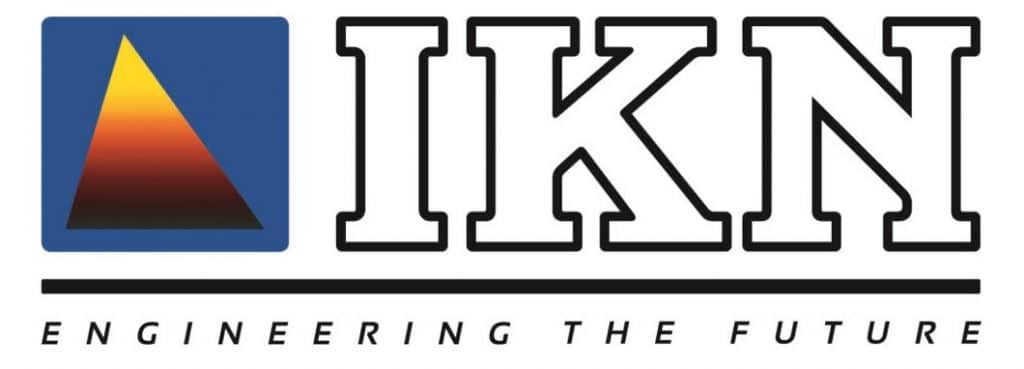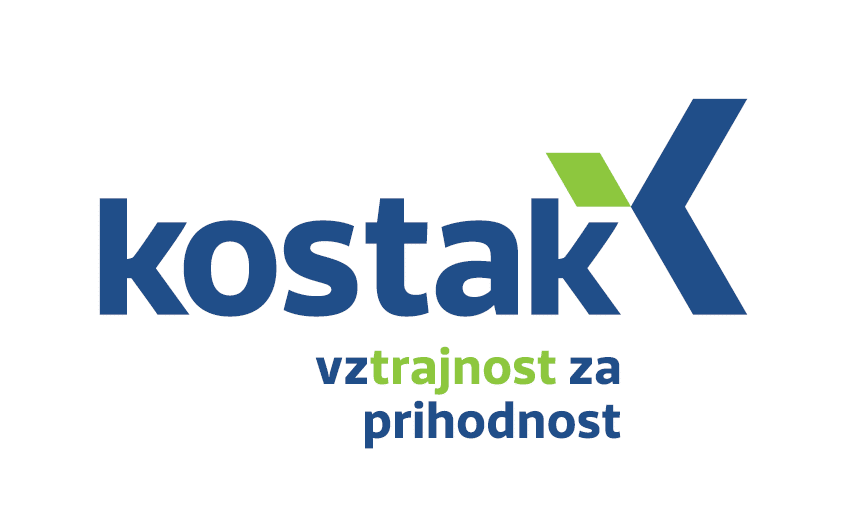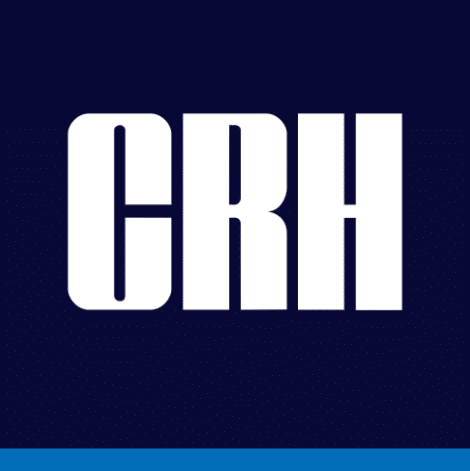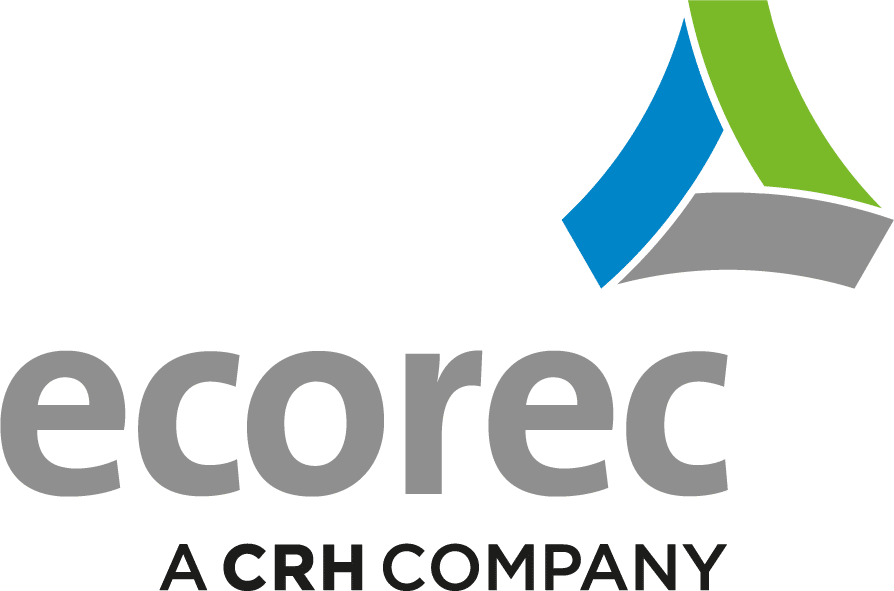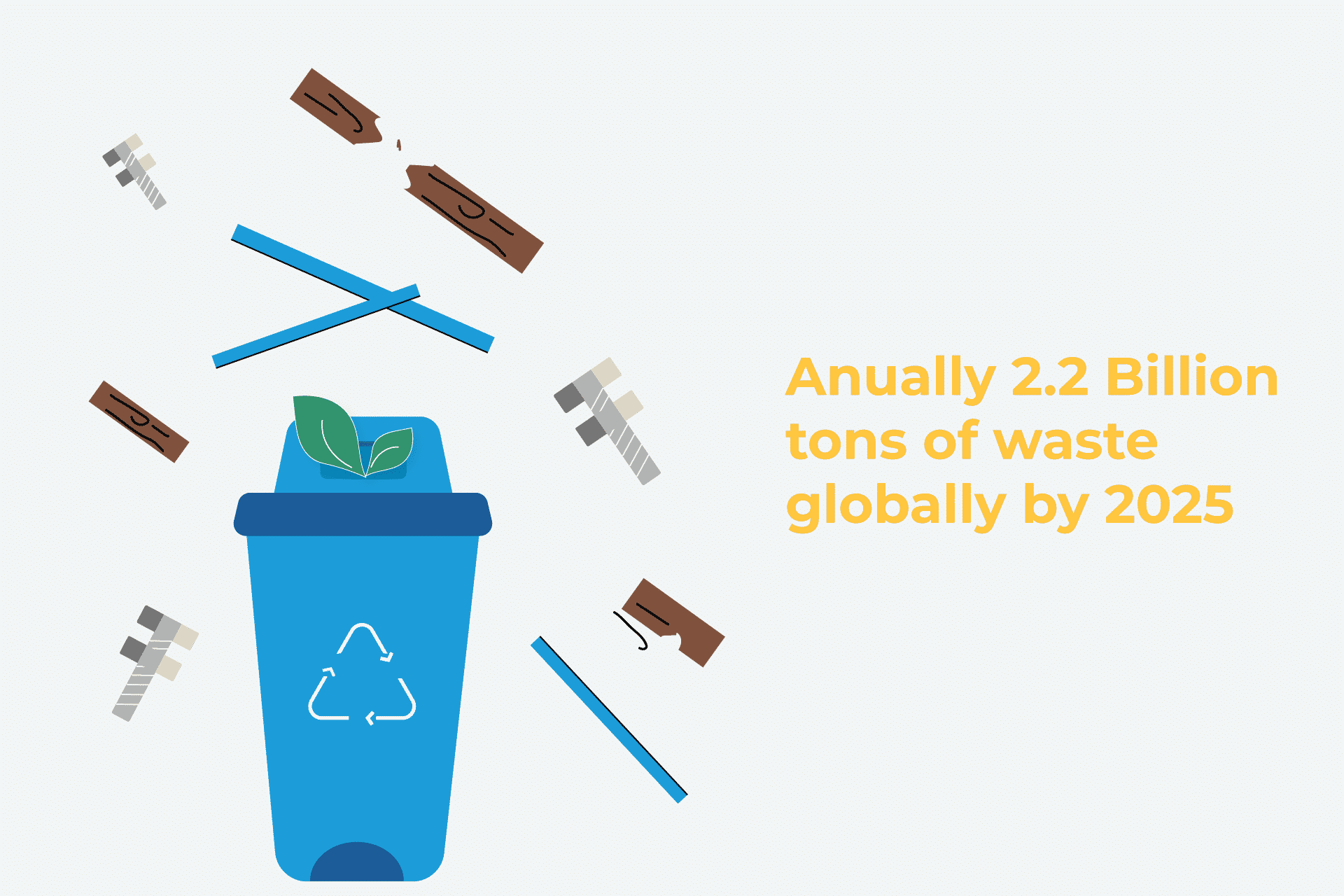
weTHINK. Waste Circularity RDF/SRF online conference – 22 MAY 2024
2023 Events overview
Go to 2023 Events OverviewTOPICS TO BE COVERED
weTHINK. Waste Circularity RDF/SRF
“Legal perspectives and trends on national and European level for RDF/SRF”
“Technical challenges and innovation/ best practices for RDF /SRF”
AGENDA
10.00 – 10.10 Introduction and agenda (Ingo Mayr-Knoch, weTHINK.)
10.10 – 10.40 Keynote 1: “The Austrian way to low landfill rates – use of waste fuels and secondary raw materials”, Hubert Grech (Federal Ministry for Climate Action, Environment, Energy, Mobility, Innovation and Technology Deputy Head of Department – Waste Management Planning, Waste Treatment and Remediation of Contaminated Sites)
10.40 – 11.10 Keynote 2: “Alternative fuels in cement production – a contribution to the circular economy and CO2 reduction” Martin Schneider (vdz technical and scientific association for the German cement industry)
11.10 – 11.40 Keynote 3: “Risk or Opportunity for Material Recycling”, discussed on Best Practices, Christian Lampl (Geocycle Holcim)
11.40 – 12.10 Keynote 4: “Waste to energy in the paper industry – example of a new plant” Martin Simmler (Energy, Environment & Sustainability Department – Norske SKOG Austria)
12.10 – 13.25 Interactive Panel discussion – Legal perspectives of RDF SRF / Technical challenges and innovation of RDF SRF
Hubert Grech (Austrian Federal Ministry)
Martin Schneider (vdz)
Christian Lampl (Geocycle CE Holcim – Cement)
Martin Simmler (Norske SKOG Austria)
Tomaz Vuk (Salonit Anhovo)
Roland Pomberger (Montan University of Leoben)
Ed Verhamme (Alternate Resource Partner)
- Jane Haavaldsen (Amiblu)
- Gerald Sertschnigg (Ecorec)
- Herwig Schuster (Greenpeace)
13.25 – 13.30 Wrap up and follow-up steps
Abstracts:
“The Austrian way to low landfill rates – use of waste fuels and secondary raw materials”, Hubert Grech
The presentation will cover the legal background for the use of waste fuels and secondary raw materials in Austria. The comprehensive and complete regulation of waste (co-) incineration led to legal certainty and high recovery rates. Actual data about waste (co-)incineration and the use of secondary raw materials in the cement industry will also be presented.
“Alternative fuels in cement production – a contribution to the circular economy and CO2 reduction” Martin Schneider
The cement and concrete sector has embarked on a net-zero journey to become carbon neutral in the next 20 to 25 years. Many levers will need to be applied, of which the use of low CO2 fuels is an essential one. The cement industry already has a lot of experience in using alternative fuels derived from waste. The fuel and the material part can be used simultaneously (co-processing), while the biogenic fractions in these wastes contribute to the reduction of CO2 emissions from cement production. While some countries have already achieved a high rate of substitution of fossil fuels by alternative fuels, other regions still have a high potential to increase substitution and consequently reduce CO2 emissions.
“Risk or Opportunity for Material Recycling”, discussed on Best Practices, Christian Lampl
The presentation presents and explains the new ISO 4349 Solid recovered fuel, Determination of the recycling index for coprocessing. Based on examples I would like to discuss the impact of the Recycling Index for the recycling industry. As a conclusion, coprocessing is supporting the development of new recycling methods (Wind mills) and is giving to rejects from the recycling industry (paper rejects, plastic rejects) additional recycling quotas. Material recycling and coprocessing are complementary technologies .
“Waste to energy in the paper industry – example of a new plant” Martin Simmler
Norske Skog Bruck is a producer of publication and packaging paper in Austria. The energy need for the production was covered by a gas fired CHP plant. With the installation of a WTE boiler the demand for fossil fuels and the responding CO2 emissions could be reduced by 2/3. Own waste materials like paper rejects and sludge as well as RDF are the fuels for the WTE boiler. Industrial installations are good examples for WTE when replacing fossil fuels.
Supported by
Join our Strategy Groups!
You want to discuss more about this topic? Join our Strategy Group on Waste and continue the discussion on wethink.eu! Click the button below to register and to join our groups. If you are not sure how to do that, check out our FAQ page or contact us at info@wethink.eu.
Who do we bring together?
- We bring together all key strategy actors (ministers, public officials, municipalities, industry associations, waste collection, recycling/ treatment companies, in Europe with an initial focus on Southeastern Europe and Eastern Europe.
How do we bring together?
- Through closed groups on the online crowd knowledge platform – weTHINK.eu.
- Through bi-monthly online working group meetings and two bi-annual online conferences.
Why do we bring them together?
- To regularly exchange, technical operational and strategic know how and best practices on waste and waste management.
- To conduct training for service companies and municipalities on water and waste management.
- To develop strategy recommendations and position papers to improve the legal, political and economic environment for successful waste circularity.
- To develop projects on waste circularity and to implement them.
- To improve waste circularity in Europe.
Date
Time
CETLocal Time
- Timezone: Europe/Berlin
- Date: 22 May 2024
- Time: 10:00 - 13:30
Next Event
- Energy Transition Conference – 16 OCTOBER 2024
-
Date
- Wed 10 2024
-
Time
- 10:00 - 13:00



